I feel like I just wrote my review of June and already we are more than a week into August. July 2023 is history but let’s take a look back to some July stuff.
Weather
Our July weather was anything but typical. While we didn’t suffer the extreme heat that much of the country did, we had a very wet month. Typically, we spend a lot of time watering the gardens in July but this year there was no need for that. In fact, we had much more rain than we needed for some of our plants to thrive. My husband saw a report that our area had over eight inches of rain fall in July. Our average rainfall far the month is less than four inches. We were blessed though that we didn’t get any of the large hail or damaging winds/tornadoes or power outages that areas around us had.
Gardens
Blueberries have been our superstar crop this year. I mentioned picking blueberries in a couple of my previous posts and we have continued to pick them into August. I told my husband that since we pray for God to provide for our needs, I assume that God is telling us that we need to eat lots of blueberries.
We have also been picking green beans and cucumbers. Some of the green beans went into the freezer but most we enjoyed with our dinners.
So far we’ve had enough cucumbers for me to make 6 pints of bread-and-butter pickles which makes my husband happy because we only had one jar left in the pantry from last year.
All of the cauliflower died and much of the cabbage either died or is struggling so I was surprised to see that broccoli plants forming crowns.
I would be delighted to pick a few bunches of broccoli this year.
Our squash and pumpkin plants seem to be faring well so far.
We are seeing small squash and pumpkins on many of the plants and even some cantaloupes starting to form fruit.
Colors
The colors this year are beautiful – lush greens and bold colored flowers.
The lavender continued to blossom and was heavily foraged by bumble bees and honeybees throughout July and well into August.
I was surprised to see that this cosmos that came up voluntarily from seeds that were dropped last year is white while all of cosmos last year were all pink. I not sure how to explain that – likely is has something to do with the plant’s genetics. I’m now waiting for others to blossom to see what color they are.
It was the very end of July when the hibiscus began to blossom.
Purple coneflower in a patch of wildflowers.
Early in July I decided to dig up some Black-eyed Susans that were outgrowing their designated spot at the house and plant them at the farm. I wanted them in the front corner of the fence where I can’t get to with the riding mower. My husband planted them for me and for several weeks we’ve been waiting for them to bloom. Now they are. Black-eyed Susans spread through underground rhizomes and by seeds that they drop so my hope is that they will not only fill in this corner but spread some along the fence as well.
Mosquitoes
The wet weather has been ideal for mosquitoes. Did you know there are more than 3000 species of mosquitoes worldwide? Around 60 species in Michigan alone. I found this very interesting article that explains about different types and where and when we might expect them to hatch, grow and live.
The mosquitoes that we are currently plagued with would be categorized as floodwater mosquitoes – these eggs are laid in depressions in the ground that flood or hold water when conditions are right. The eggs may remain viable for up to seven years.


While dragonflies, frogs, toads and many of the bird species that live on, or visit, the farm are known to dine on mosquitoes, apparently there are more than enough to go around because more often than not a trip to the farm means dousing ourselves with that horrible bug spray in order to prevent being eaten alive by these vicious blood suckers. Sadly, I’ve not spent as much time outside as I normally would because I try to avoid the use of chemicals as much as possible.
Birds
Sometime during the last week of July our green herons returned.
Each year the pair shows up in late summer and spends several weeks with us. Since we have never seen their nests or their young, I assume that by this time they have raised their young and then stop at our pond for some fine dining before they migrate south for the winter.
They seem to be pretty comfortable with us, flying up from the edge of the pond to the windmill and waiting there until we passed by.
You might remember this post from July where I showed you the life ring that had become a bluebird house. Well, we have since learned that there are baby bluebirds being raised there. (I tried to get a picture of them but it just looked like a black hole.) We are enjoying seeing the bluebirds coming and going as they care for the young. When doing some reading, I learned that bluebirds commonly raise three broods per season. I also found interesting that sometimes the babies from the earlier brood will stay around and help feed the next group of chicks.
We do plan on getting some new life rings next spring. I think we will also be buying or building bluebird houses.
Thanks for visiting and I you enjoy the rest of August.






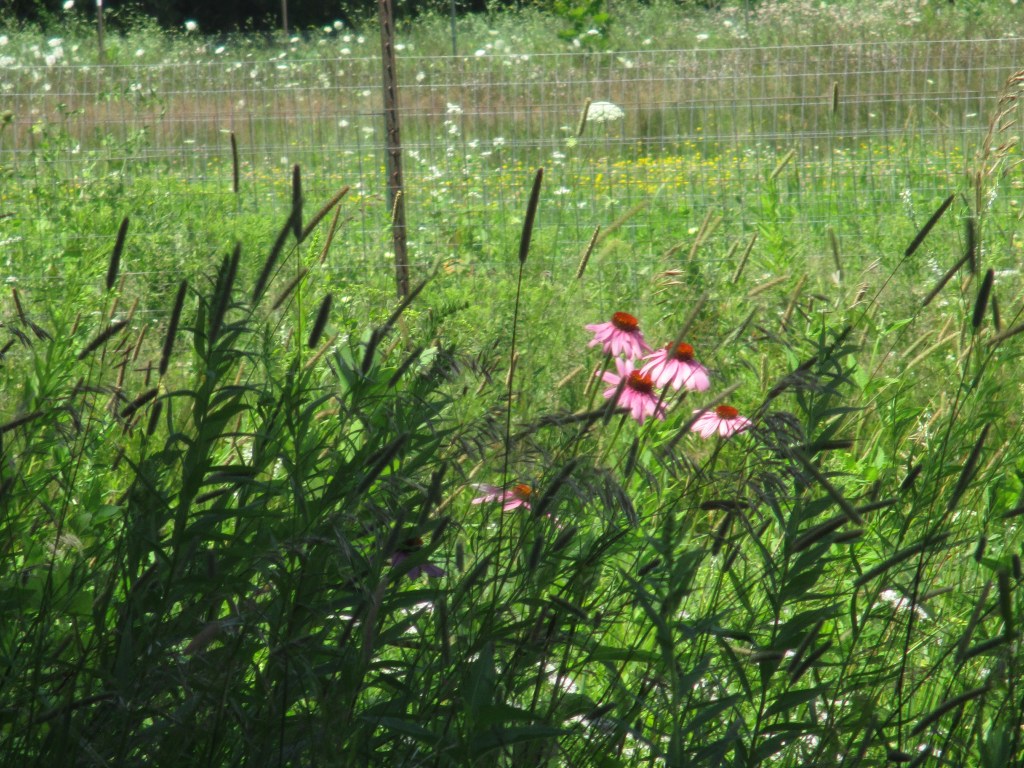






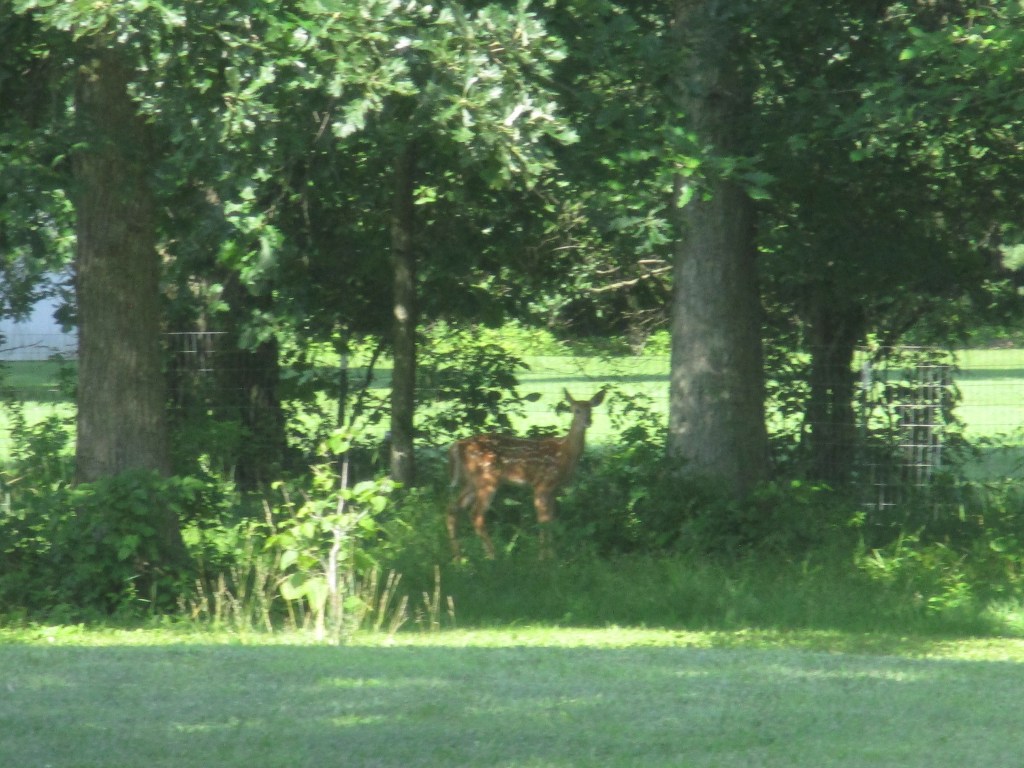













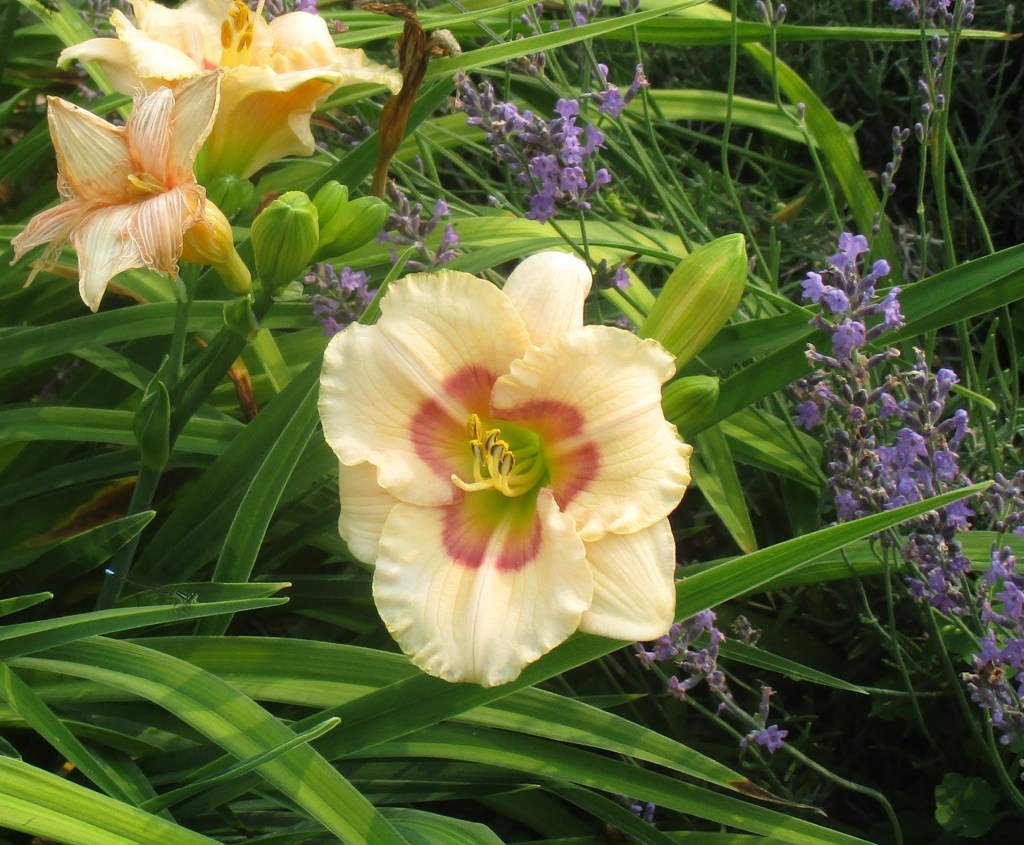



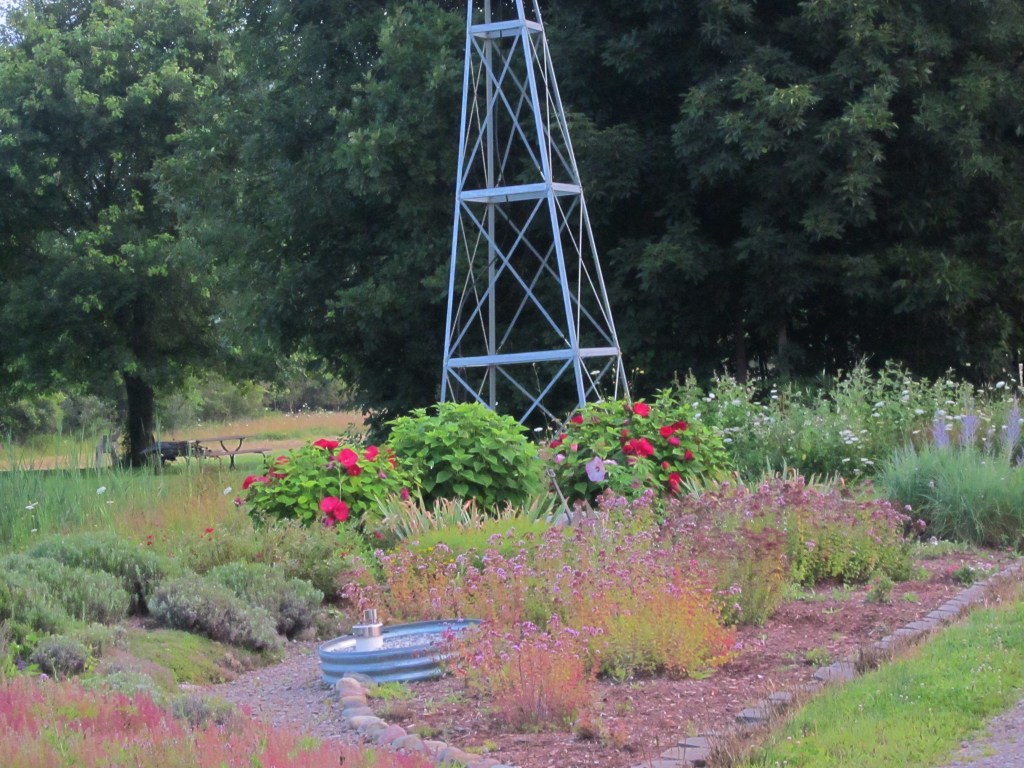

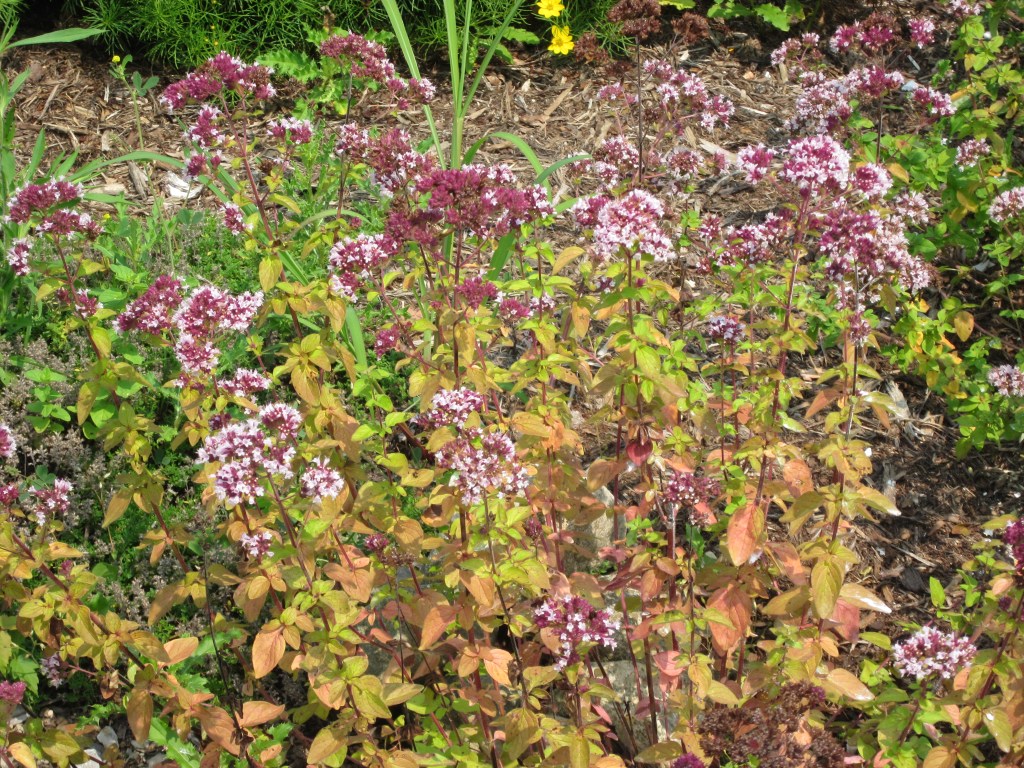

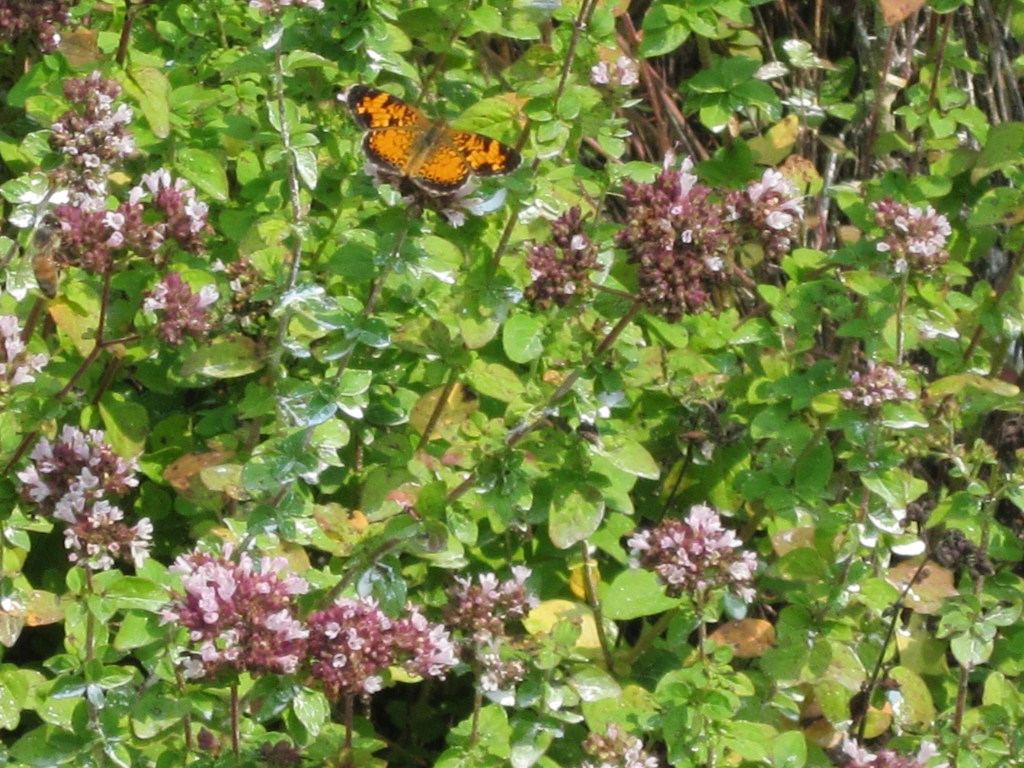
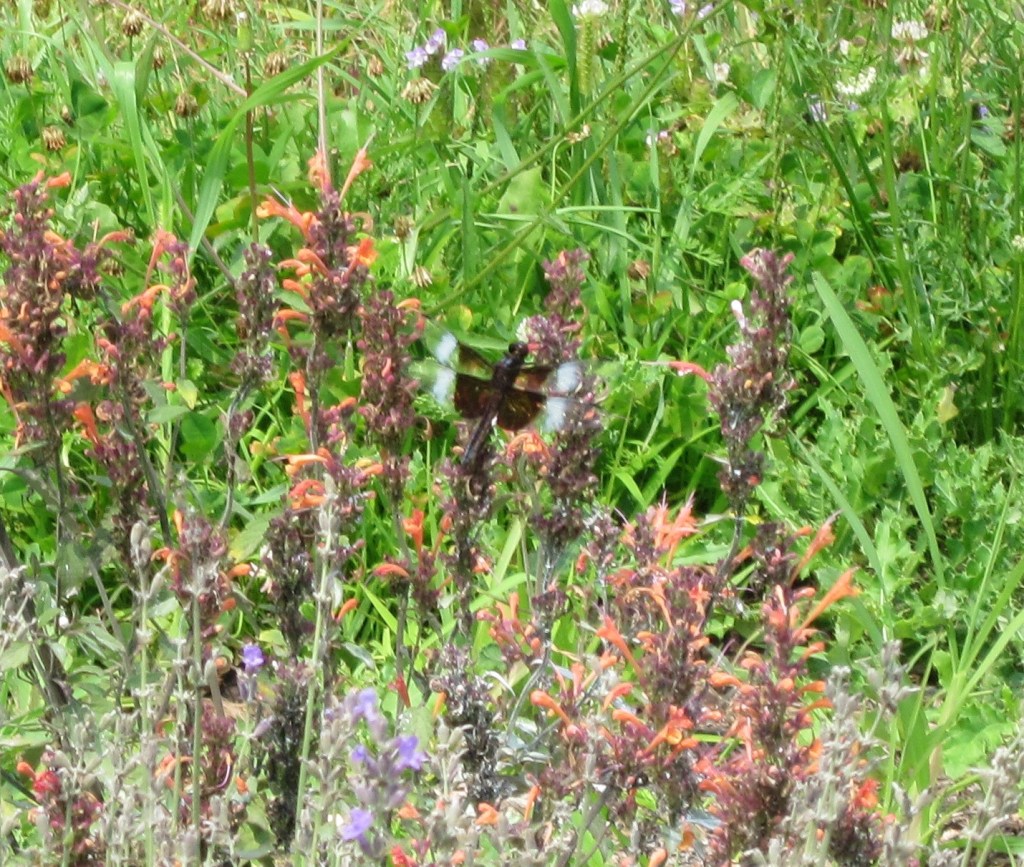

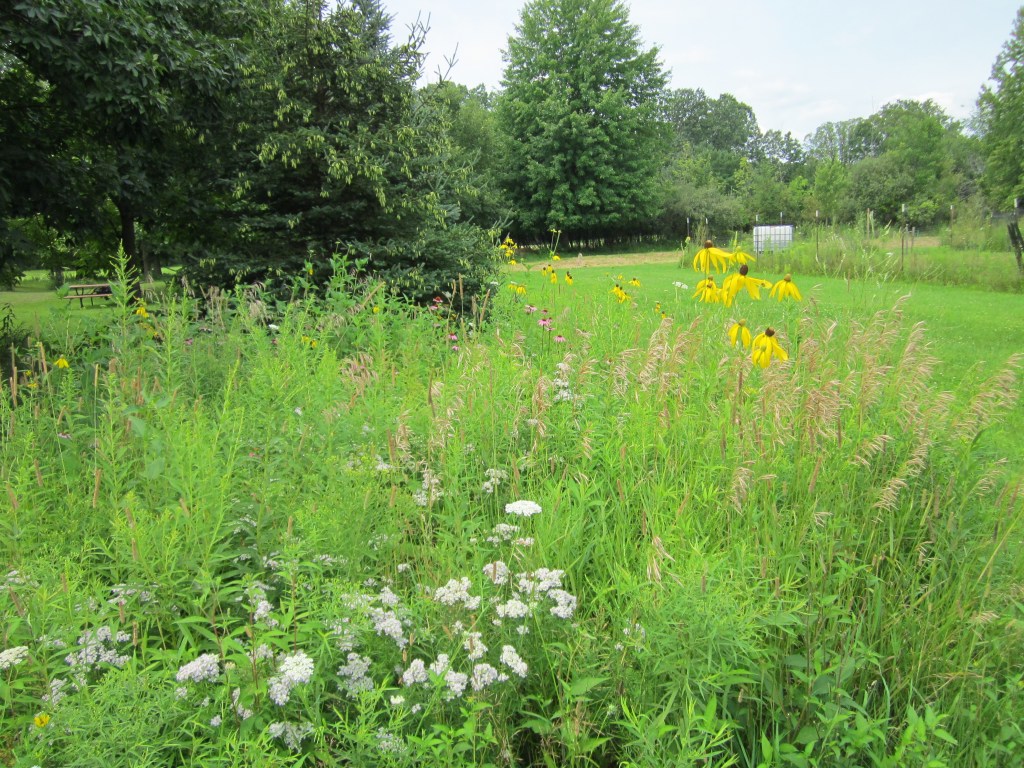

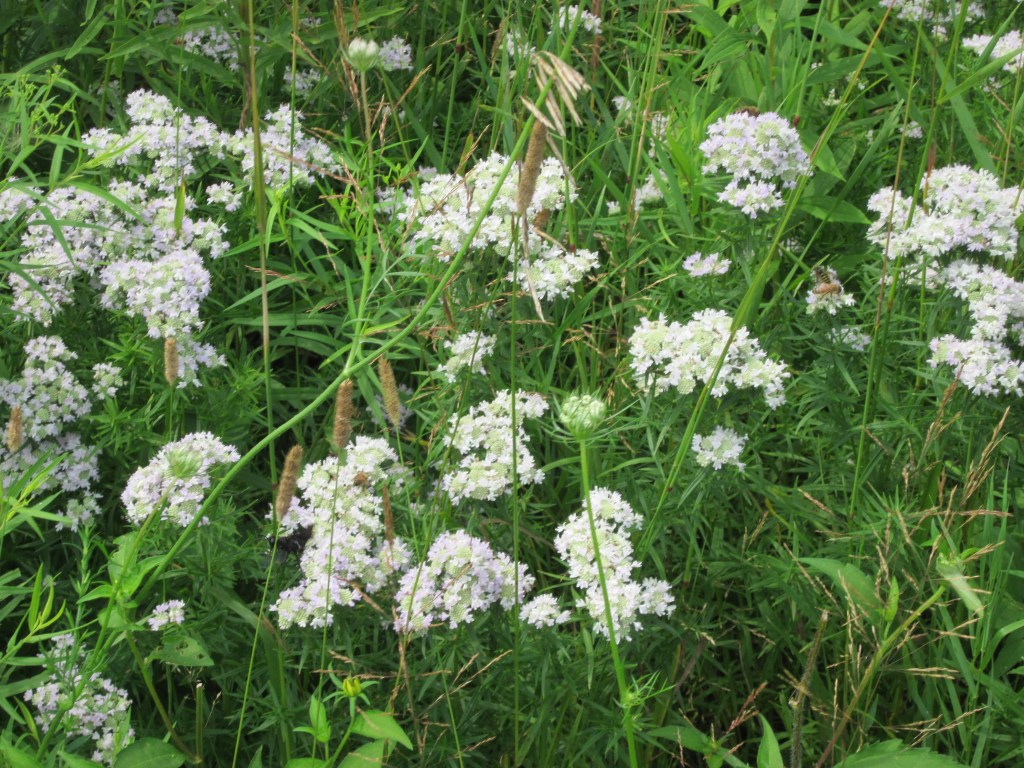





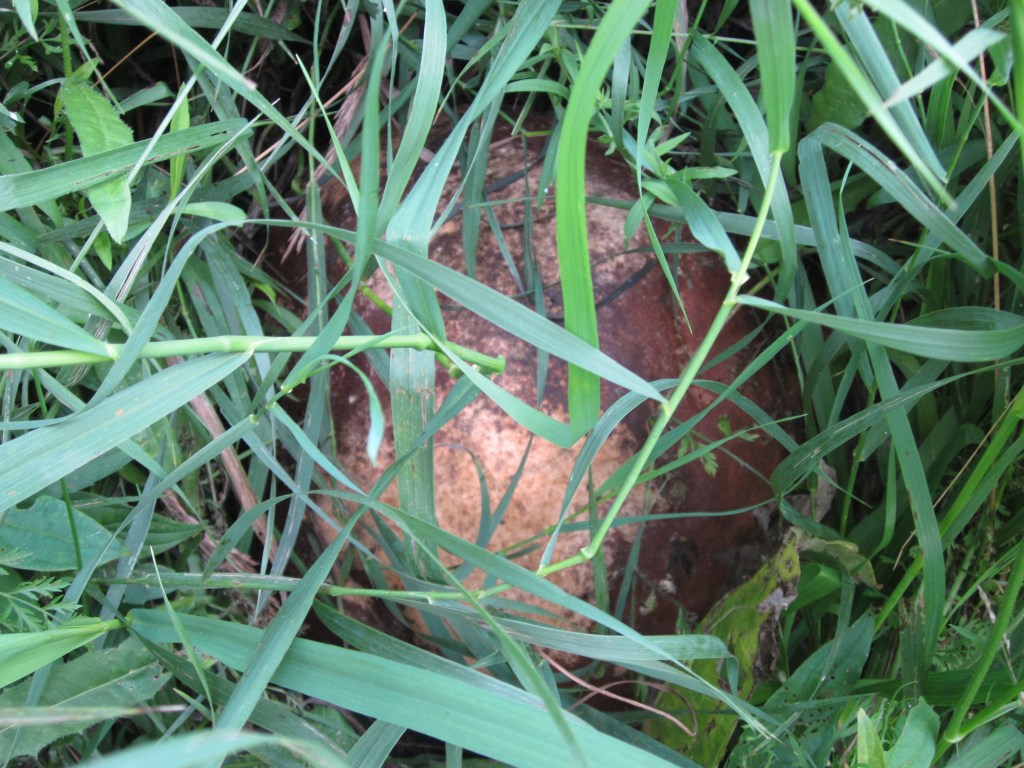







 This plant attracted my attention when I saw our honey bees heavily foraging in it. We are in a wildflower transition period where the blossoms on the Sweet Clover and Canadian Thistle are waning and the Golden Rod is just beginning to open. It seems the bees are foraging mostly on white clover which we have much of but we were happy to find something else that they loved.
This plant attracted my attention when I saw our honey bees heavily foraging in it. We are in a wildflower transition period where the blossoms on the Sweet Clover and Canadian Thistle are waning and the Golden Rod is just beginning to open. It seems the bees are foraging mostly on white clover which we have much of but we were happy to find something else that they loved.